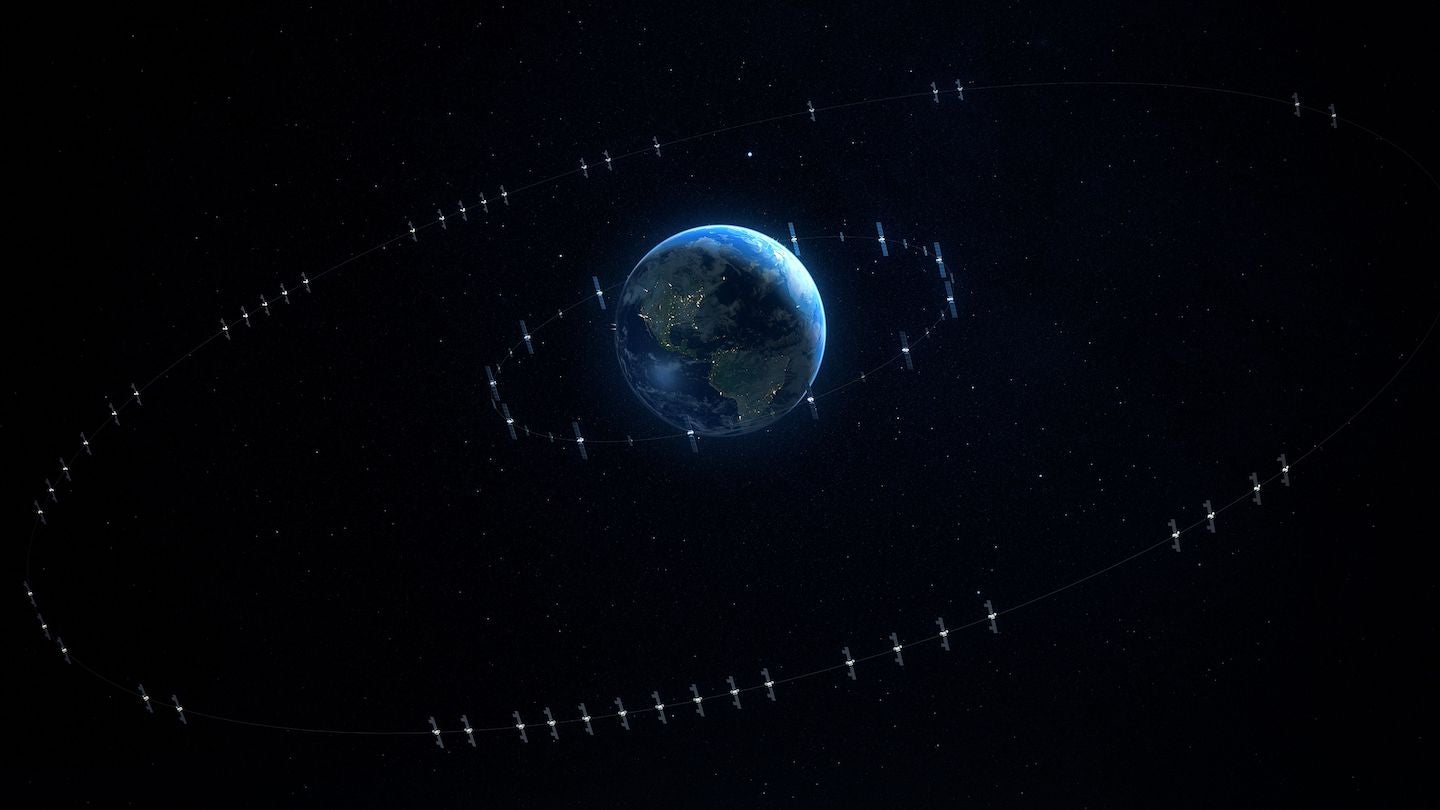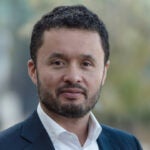Latest News

SES’s multi-orbit network. Photo: SES
One click to buy something online, watch a video, get the latest game score, or news update. A few more clicks and a complex spreadsheet can be sent to a colleague and will reach its destination in seconds. Another click and you can join an online video meeting with coworkers in another country. Dream or reality? For many of us, this is total reality — it perfectly describes how we live our lives today. But for many others, this is simply a dream.
Nowhere is this more true than in Latin America and the Caribbean, where according to the ITU and World Bank, 24% of the population remains unconnected, that is to say nearly 161 million people. Of course there are discrepancies, in some countries less than half of the population has internet access. The situation is even worse in Africa, where overall only 27% of the population has access to the internet, and in some countries, access remains under 15%.
Closing the digital divide has long been regarded as one of the main ways of improving living standards and reducing poverty. Access to the internet leads to job growth and improved public services including education and healthcare, helping raise families above the poverty line. Unfortunately for many, this access has been slow in coming.
That is one of the main reasons why we are passionate about our work at SES. Making that dream a reality, by connecting people, no matter where they are located, is important to us. There are many ways to connect people, but none are as efficient and cost-effective as satellite. In many cases Medium-Earth Orbit (MEO) satellites can be the best solution. For example, with just six satellites, O3b mPOWER, our second-generation constellation can provide fiber-like connectivity to hard-to-reach locations around the world.
But it’s not just the addition of MEO satellites that makes a difference. Geostationary (GEO) satellites still play an important role. SES-17, our most advanced GEO satellite, offers a flexibility never seen before. Power can be dynamically adjusted between any of SES-17’s 200 spot beams so that capacity is available where and when needed. In addition, because SES-17 and O3b mPOWER are interoperable, we can offer a hybrid solution that allows data to be seamlessly moved between GEO and MEO satellites depending on the requirements of the particular application.
There are many examples around the world of where satellite is proving to be the key to closing the digital divide. Focusing on Latin America, some examples spring to mind. One example is in the Amazon Basin, where isolated communities now have 24/7 easy access to data, voice, and video because of satellite connectivity. Here we are working with customers and partners to provide stable, ubiquitous, high throughput connectivity, that will be used to improve healthcare and education, and provide access to a wide array of applications and services.
In Colombia, we’re supporting digital inclusion projects initiated by Colombia’s Ministry of Information and Communication Technologies (MinTic). We have been enabling INRED to deliver free Wi-Fi services to historically unconnected areas via our high throughput SES-17 and SES-14 satellites.
Moving to Mexico, where we are expanding an agreement with CFE TEIT to close the digital divide. In an initiative known as Internet para Todos, 4G service is being provided to 400 underserved remote villages. We’ve been working with CFE TEIT since early 2023, delivering Wi-Fi service to over 1,000 sites using SES-17.
When we partner with telcos we become an integral part of their network. This means that as well as enabling them to provide connectivity in areas that would be challenging or cost-prohibitive to reach terrestrially, we’re also able to provide network resiliency. All terrestrial networks are subject to disruptions due to natural or manmade disasters. This is true everywhere, but perhaps more so in developing regions where it may even be necessary to contend with component theft. Satellites are key for telco and local service providers who need to provide restoration of communications networks in the fastest possible time.
For mission-critical operations or highly-regarded special events — whether government or commercial — resiliency needs to be built in from day one. Gone are the days where using satellite as a backup option was a major endeavor due to different technical standards and latency. Now it’s a simple option as technology advances in both space and ground networks mean that satellite now offers intelligent software-defined networks that blend seamlessly with terrestrial networks.
Once satellite connectivity has been established in an area, not only can it be used to provide direct connectivity to local government and businesses entities, it can also be used to establish local hotspots and cellular backhaul, truly enabling digital inclusion. By helping local businesses in remote areas optimize their operations and take advantage of opportunities outside their immediate area, we’re impacting the lives of hundreds of thousands of people in Latin America and the Caribbean Islands, and beyond.
This is what drives us at SES, empowering customers wherever they are located to deliver seamless connectivity that can improve economies and the lives of many.
 Omar Trujillo is the Vice President Sales Enterprise and Cloud Americas for SES
Omar Trujillo is the Vice President Sales Enterprise and Cloud Americas for SES
Get the latest Via Satellite news!
Subscribe Now